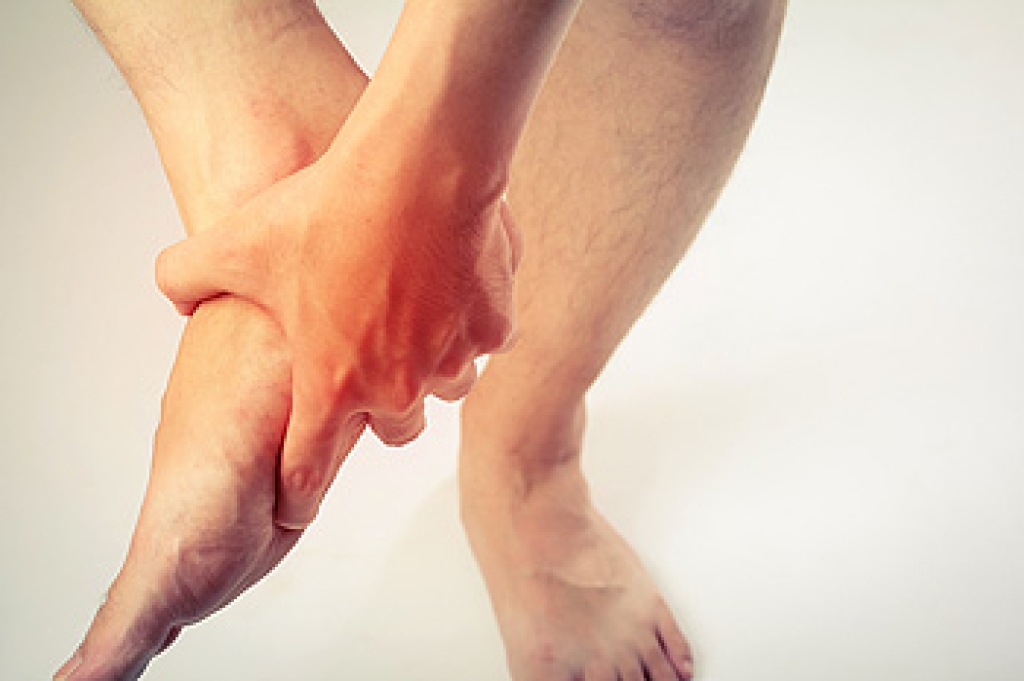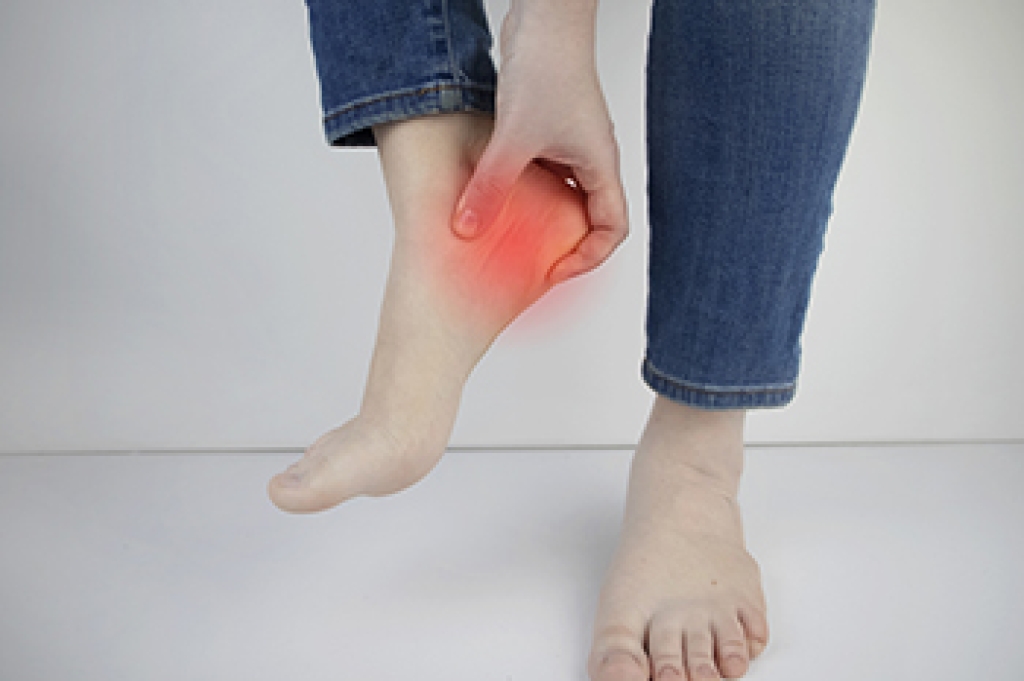
Foot pain can be disabling. When it hurts to walk, one’s quality of life can be greatly compromised. Foot pain can have many sources, including injury to bones, ligaments, nerves, or even skin. A few causes of foot pain are bunions, plantar fasciitis, and Morton’s neuroma. Bunions are ugly bulges on the metatarsophalangeal (MTP) joint at the base of the big toe that occur when this joint slips out of place. With this condition, the big toe gradually moves toward the other toes and can cause the bones to become deformed as they grow. Bunions can be painful, red, swollen, and numb. Plantar fasciitis is the most frequent cause of heel pain. The plantar fascia is the band of connective tissue that runs along the bottom of the foot. When it becomes inflamed, patients can experience significant pain in the heel or midfoot. This pain is often worse upon rising and decreases throughout the day. Morton’s neuroma develops when the tissue surrounding the nerve between the third and fourth toes thickens. This can cause mild to severe discomfort in the ball of the foot. Those with this condition often describe the sensation as standing on a marble or pebble. If you have pain in your feet, it is suggested that you visit a podiatrist for a proper diagnosis and begin effective treatment so you can be more comfortable.
Foot Pain
Foot pain can be extremely painful and debilitating. If you have a foot pain, consult with one of our podiatrists from Westside Podiatry Center, LLP. Our doctors will assess your condition and provide you with quality foot and ankle treatment.
Causes
Foot pain is a very broad condition that could be caused by one or more ailments. The most common include:
- Bunions
- Hammertoes
- Plantar Fasciitis
- Bone Spurs
- Corns
- Tarsal Tunnel Syndrome
- Ingrown Toenails
- Arthritis (such as Gout, Rheumatoid, and Osteoarthritis)
- Flat Feet
- Injury (from stress fractures, broken toe, foot, ankle, Achilles tendon ruptures, and sprains)
- And more
Diagnosis
To figure out the cause of foot pain, podiatrists utilize several different methods. This can range from simple visual inspections and sensation tests to X-rays and MRI scans. Prior medical history, family medical history, and any recent physical traumatic events will all be taken into consideration for a proper diagnosis.
Treatment
Treatment depends upon the cause of the foot pain. Whether it is resting, staying off the foot, or having surgery; podiatrists have a number of treatment options available for foot pain.
If you have any questions, please feel free to contact one of our offices located in Liverpool, Camillus, Skaneateles, Oswego, and Cicero, NY . We offer the newest diagnostic and treatment technologies for all your foot care needs.




